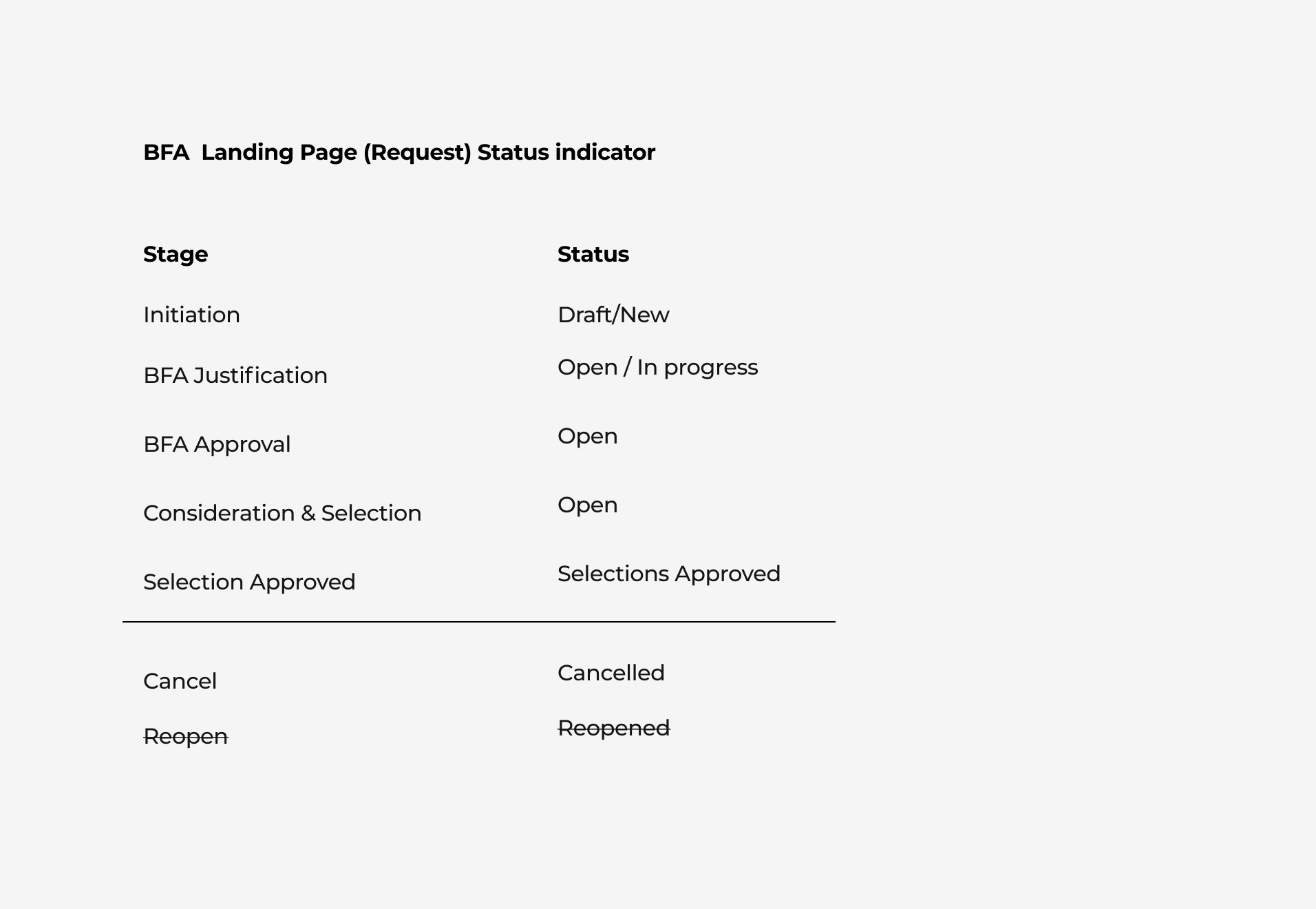Business Restructuring Automation
VMware’s Business Funded Actions (BFA) initiative is a targeted automation project designed to streamline the business unit restructuring process.
The goal is to enhance efficiency by integrating globally standardized processes wherever feasible within the existing small-group elimination process. This approach empowers business leaders to effectively oversee their workforce year-round, eliminating the need for reliance on annual corporate restructuring events.
Organization:
VMware
Industry:
Information Technology
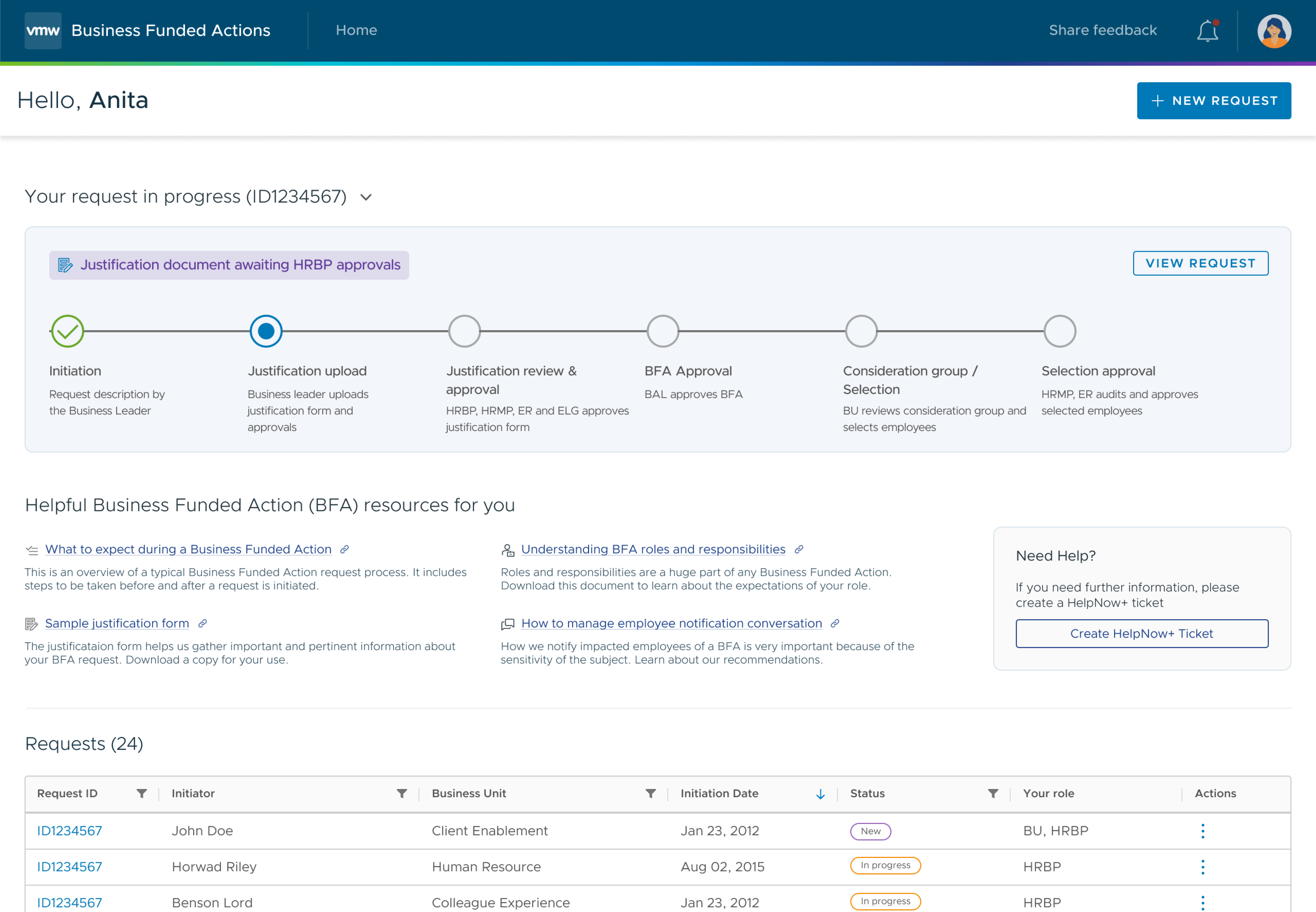
Status Quo
Although VMware favoured small group eliminations over corporate actions due to strategic reasons, business leaders found it daunting to initiate the process due to its manual nature, involving numerous email exchanges. The HR team could only undertake one action at a time, often relying on unofficial documents to guide business leaders who initiate the process.
As a result of these challenges and related factors, the process was typically delayed, and prone to errors, and misunderstandings. With delays becoming common, escalation became frequent as patience waned due to unmet expectations and unclear communication.
Pain Points
- The manual process was unscalable and resulted in missed steps.
- Risk of email communication leak.
- Roles and responsibilities are unclear in some groups.
- Legal requirement nuances exist in every country, making standardization difficult.
- No ability to look back in time due to lack of structured record keeping.
Demystifying the Complexity
Given that employee elimination regulations differ worldwide, multiple user groups are involved in the restructuring process and potential legal implications, collaborating with stakeholders was vital to understanding the diverse touch points and user interactions within the process.
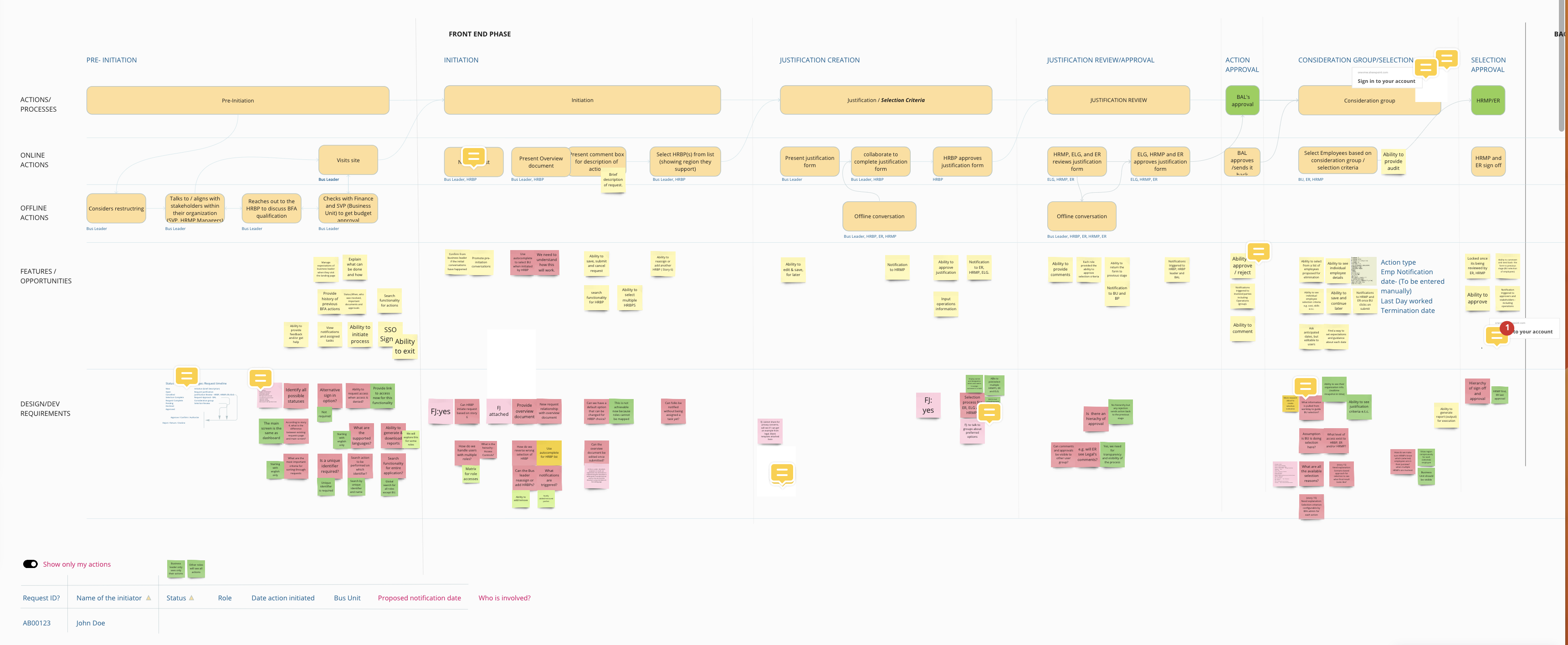
Design decisions and solutions
In designing the service, prioritizing ease of use and learnability was paramount. As a result, prominent real estate on the homepage is allocated to remind users of the process and furnish them with essential information to expedite their requests. This strategic approach yielded significant dividends, as business leaders readily resonated with the user-friendly interface and interaction during subsequent usability testing sessions.
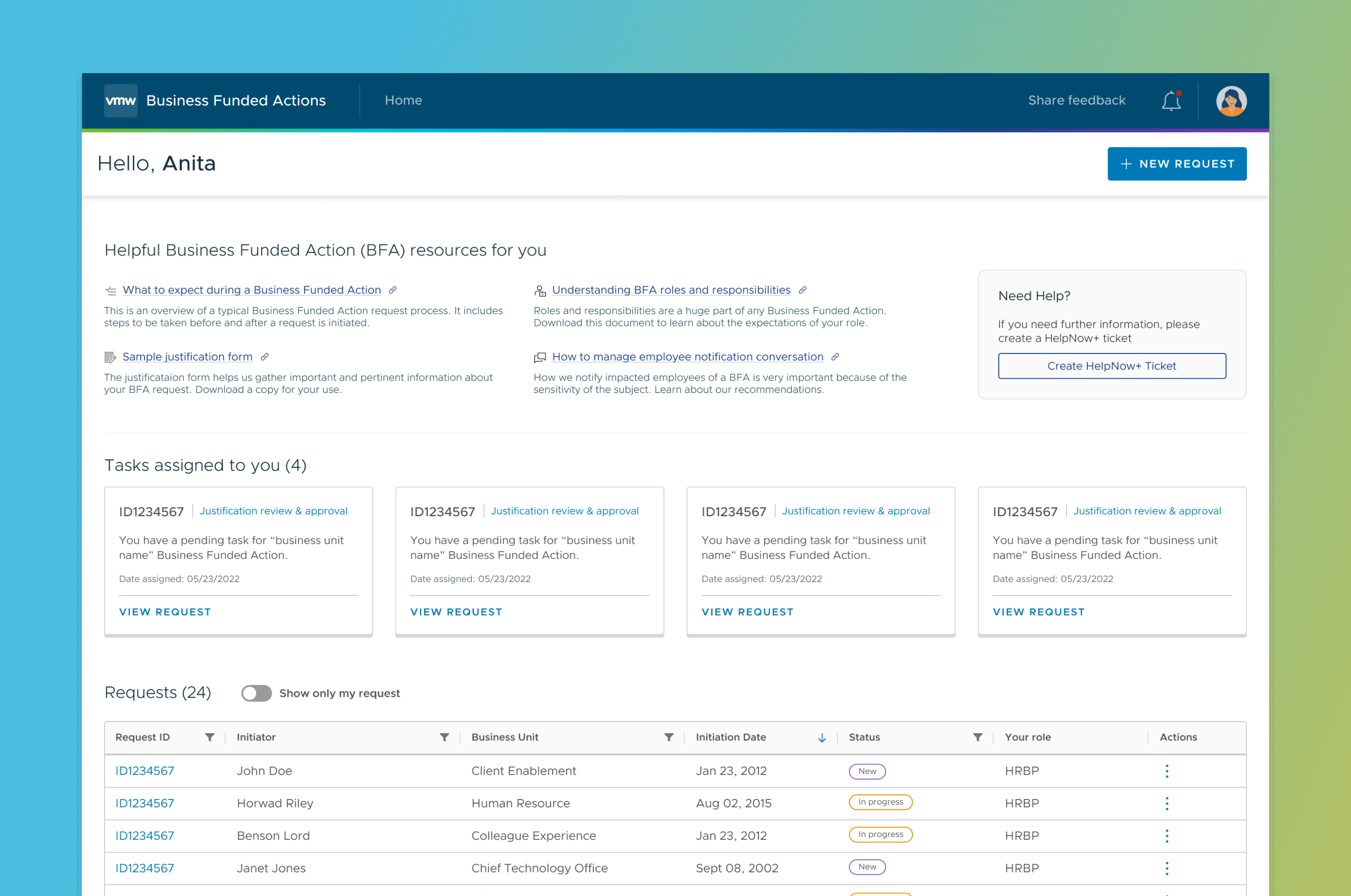
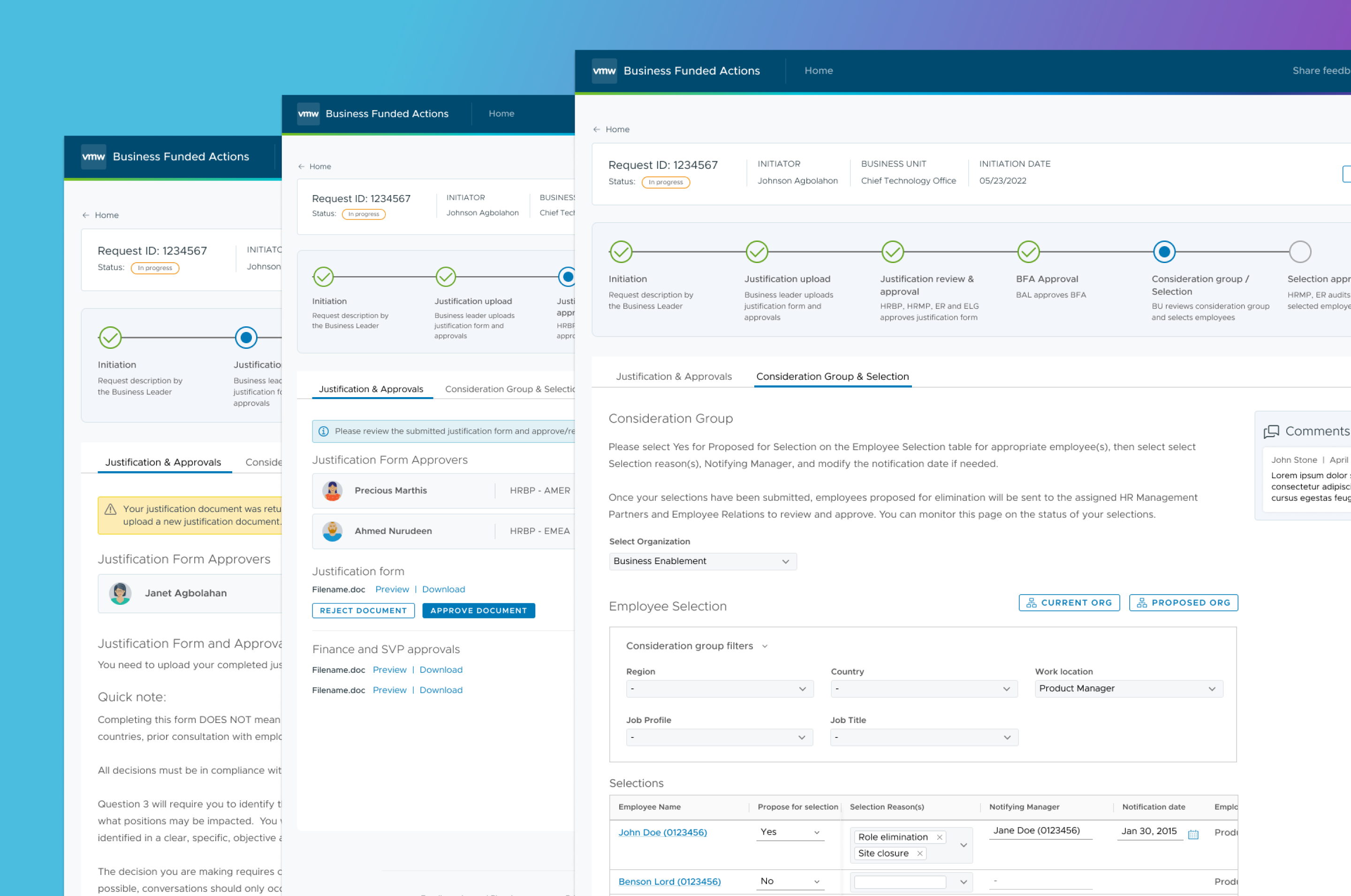
Access Control
This involved establishing a protocol encompassing Create, Read, Edit, and Delete permissions, ensuring that users have appropriate access levels tailored to their roles and responsibilities. This methodical approach enhances security and control while facilitating streamlined collaboration and task management across the platform.

Clear Role and Responsibilities
To address challenges related to roles and responsibilities, a system that clearly identifies and timely notifies every team or individual required to take action was developed. This design includes the implementation of both parallel and hierarchical approval mechanisms in critical areas of the automated process. This approach minimizes bottlenecks and ensures clarity in the progression of tasks.
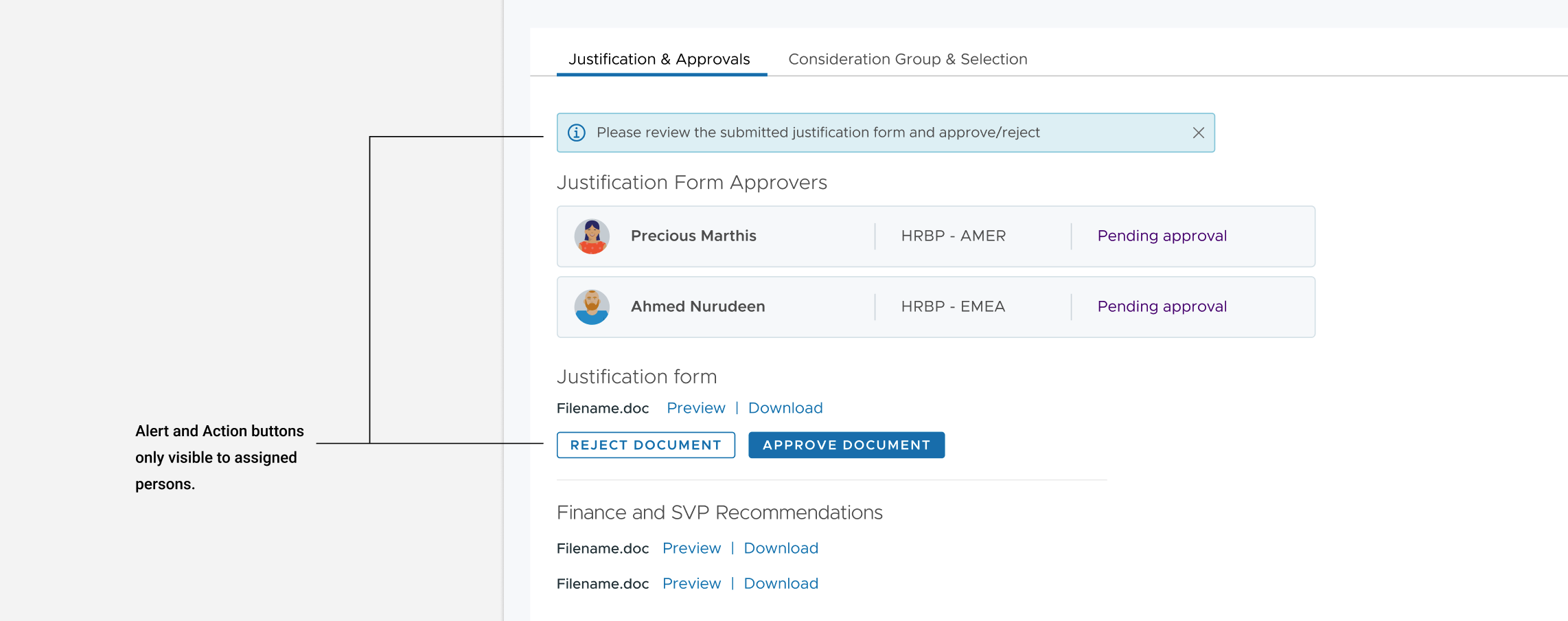
Notification System
For this type of operation, getting notified on time is paramount to the success of the process. The notification system is tied to each milestone in the process, ensuring timely communication across the board.
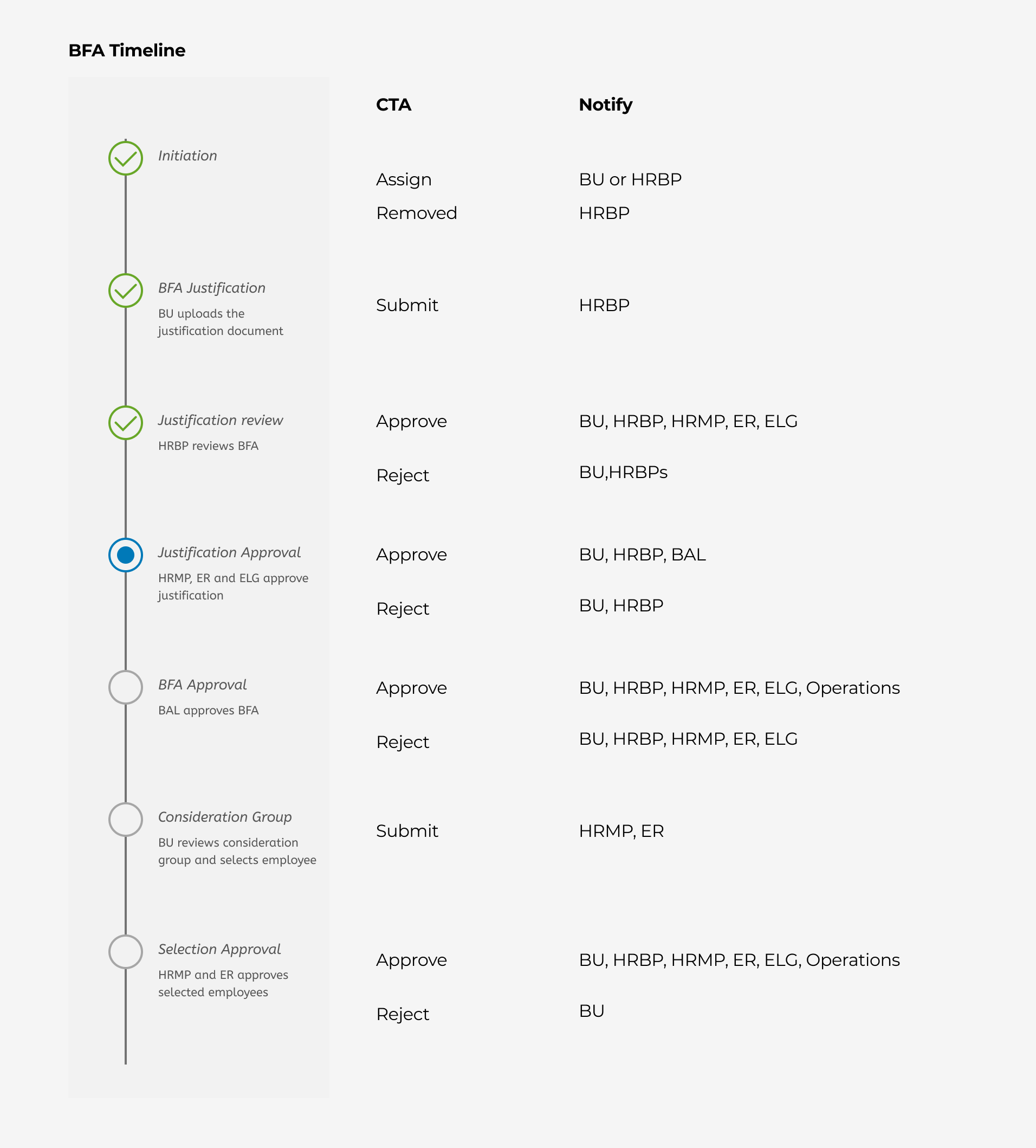
Status Management
In collaboration with the core team status indicators will guide each user, but especially the business leader to understand where they are in the process and what is left to be done.
